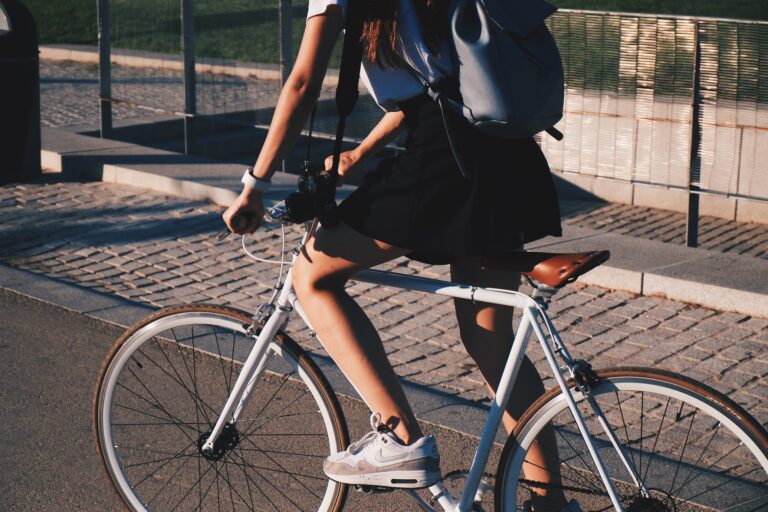If you’ve ever straddled a bike that wasn’t the right size, you know how uncomfortable and unwieldy it can feel. Too small, and you’re cramped and inefficient; too large, and you’re stretching like a gymnast to reach the pedals and handlebars.
But how do you figure out what the “right” size is? This blog post is your definitive guide to understanding bike sizing, whether you’re buying your first bicycle, upgrading, or you’re a bicycle enthusiast wanting to make sure you’ve got it just right.
In this guide, we’ll discuss what bike sizing means, the measurements you need to consider, and how various types of bicycles require different sizing considerations. We’ll also touch on how your body dimensions relate to the size so you can ride comfortably and efficiently.
The Basics of Bike Sizing
When considering purchasing a bike, one of the most crucial factors to contemplate is its size. Many new riders underestimate the importance of bike sizing, but this oversight could be detrimental to both your comfort and performance.
Why It Matters?
Understanding bike size is not just a trivial matter. The right size can significantly impact your cycling experience in multiple ways:
- Comfort: An appropriately sized bicycle ensures that your body isn’t strained in an uncomfortable position during rides. This is particularly important for long rides and endurance cycling.
- Performance: A well-fitted bicycle allows for optimum power transfer from your legs to the bike’s wheels. This means you can cover more ground with less effort, making your cycling sessions more efficient.
- Safety: Riding a bicycle that’s too large or too small can compromise your ability to control it, especially when maneuvering through tricky terrains or dodging obstacles. Proper sizing can prevent accidents and injuries.
Common Mistakes
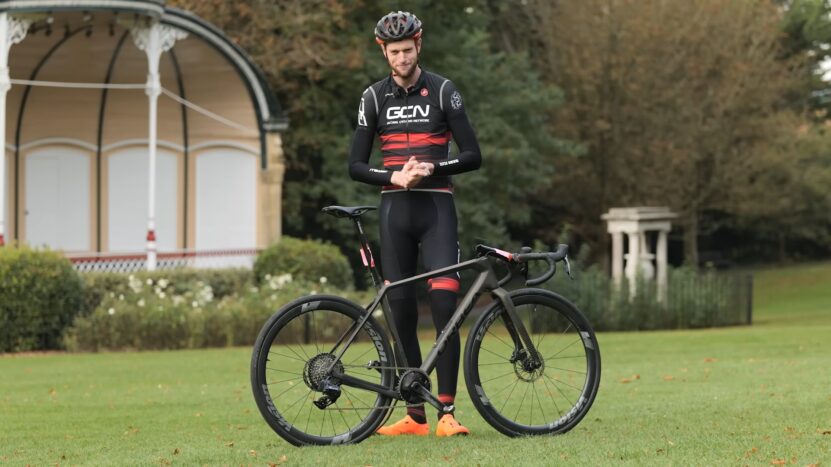
Even seasoned cyclists sometimes make errors when picking out a new bike. Here are some common mistakes to avoid:
- Ignoring Standover Height: Riders often overlook this critical measurement, which can lead to difficulties while mounting or dismounting the bike.
- Focusing Solely on Seat Height: While it’s true that seat height affects your pedaling efficiency, other factors like top tube length and frame size are equally important.
- Impulse Buying: Whether it’s getting swayed by a sale or hastily choosing a bike because it looks cool, failing to spend the time on a proper fit can result in an uncomfortable and even painful riding experience.
Measuring the Bike
Knowing about the bicycle’s dimensions is a critical step in selecting the right size. With so many models and types available in the market, familiarizing yourself with the different measurements can help you make an informed choice.
Frame Size
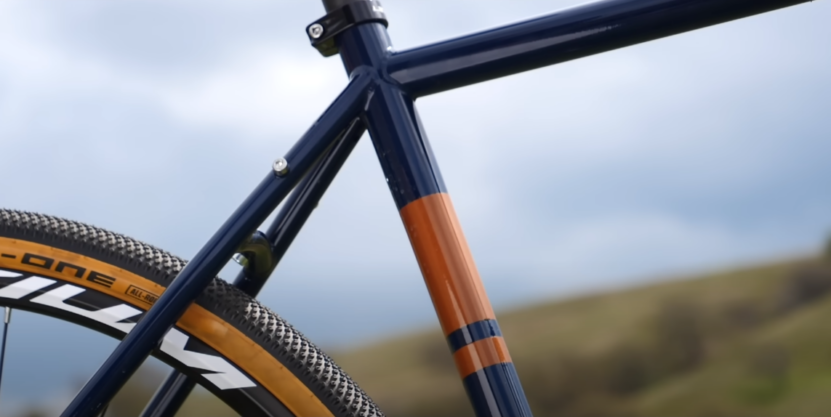
The frame size is usually the most advertised measurement when shopping for bicycles. It’s primarily measured from the center of the bottom bracket to the top of the seat tube.
- Road Variations: For road bikes, frame sizes are typically measured in centimeters (cm). Common sizes include 50, 54, 58, and so on.
- Mountain Variations: These often use inches for measurement, and typical sizes are 15, 17, 19, etc.
- Hybrid Variations: These bikes might use either inches or centimeters, depending on the manufacturer.
Determining the right frame size is a good starting point, but it should not be the only factor in your decision-making process.
Standover Height
The standover height is the distance from the ground to the top of the bicycle’s top tube. This measurement is crucial for ensuring you can comfortably stand over the bike when you come to a stop.
- How to Measure: Stand over the bike with both feet flat on the ground. The ideal standover height allows for one to two inches of clearance between your body and the top tube.
- Why It Matters: A bike with too high a standover height can make mounting and dismounting awkward and can be dangerous if you have to stop suddenly. A bike with too low a standover height might lack the necessary frame rigidity, impacting your cycling efficiency.
Top Tube Length
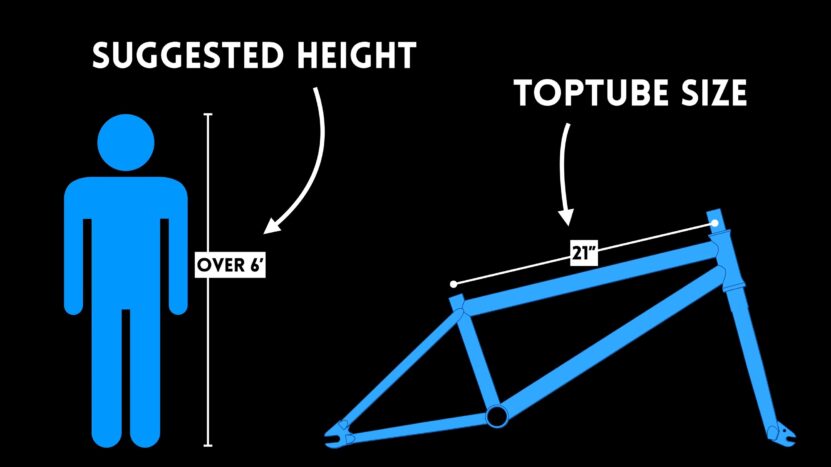
The top tube length can affect your reach and overall comfort while riding. It is the length of the tube that connects the handlebar stem to the seat post.
- How to Measure: The top tube is typically measured in centimeters or inches along its length. Some manufacturers also provide an “effective” top tube measurement that takes into account the bike’s geometry.
- Why It Matters: A top tube that is too long will stretch you out and can cause back pain, while one that’s too short can make the ride feel cramped. Your reach should allow you to comfortably grasp the handlebars with a slight bend in your elbows.
Measuring the Rider
Now that you know what measurements to look for in a bike, it’s time to measure the person who will be riding it—you! Your body dimensions will play an integral role in finding a bike that fits like a glove.
Inseam Measurement
Your inseam measurement helps in determining the ideal standover height and seat height for you. It’s the length from the base of your crotch to the bottom of your foot.
- How to Measure: Stand against a wall with your feet about 6-8 inches apart. Use a book or a flat object to simulate a bike seat and measure the distance from the top of the book to the floor.
- Why It Matters: An accurate inseam measurement will enable you to find a bike with the ideal standover height and seat height, ensuring a comfortable and efficient riding posture.
Arm Length
Knowing your arm length can help you find a bike with the correct top tube length and handlebar reach.
- How to Measure: Stretch your arms out horizontally, then measure the distance from one fingertip to the other. Divide this by two to get an arm length value.
- Why It Matters: If the bike’s top tube length is appropriate for your arm length, you’ll be able to reach the handlebars comfortably, which is essential for steering and balance.
Flexibility and Riding Style
While not a direct “measurement,” your flexibility and riding style can significantly influence the ideal bike size for you.
-
- How to Assess: Are you comfortable in a more aerodynamic position, or do you prefer a more upright posture? Your comfort level can influence the type of bike that’s best for you.
-
- Why It Matters: Some bikes, like road bikes, are designed for a more hunched position, which might not be comfortable for everyone. Knowing your riding style can help you choose a bike that accommodates your natural body posture, making for a more enjoyable cycling experience.
Advanced Bike-Sizing Techniques
After you’ve gathered basic measurements and understand your comfort preferences, it’s time to dive into more advanced techniques to fine-tune your bike size. These methods help you get as close as possible to a perfect fit, ensuring a better, safer, and more enjoyable riding experience.
Reach and Stack Measurements
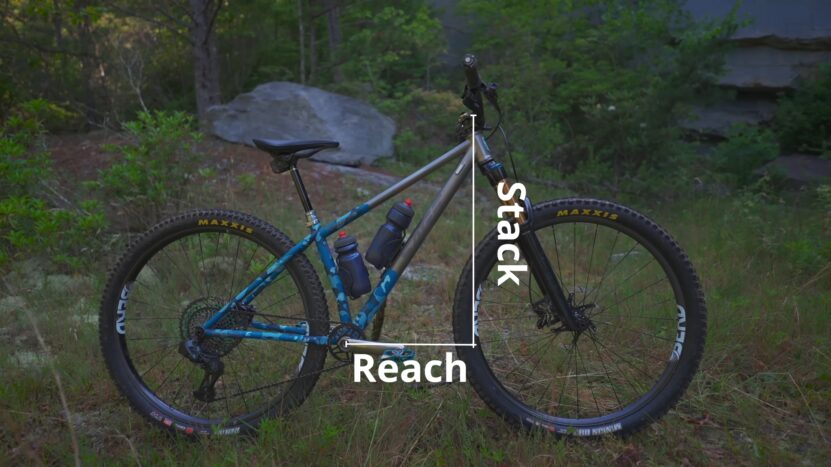
While top tube length provides a basic idea of the bike’s fit, understanding the reach and stack will give you a more nuanced picture of how the bike will feel when you ride it.
- How to Measure: Reach is the horizontal distance from the bottom bracket to the top of the head tube. Stack is the vertical distance from the bottom bracket to the same point. These measurements are often provided by manufacturers.
- Why It Matters: The reach affects how extended your arms will be when holding the handlebars, and the stack height determines your torso angle. A shorter reach and higher stack usually offer a more relaxed riding position, while a longer reach and lower stack are for more aggressive, aerodynamic postures.
Saddle Positioning
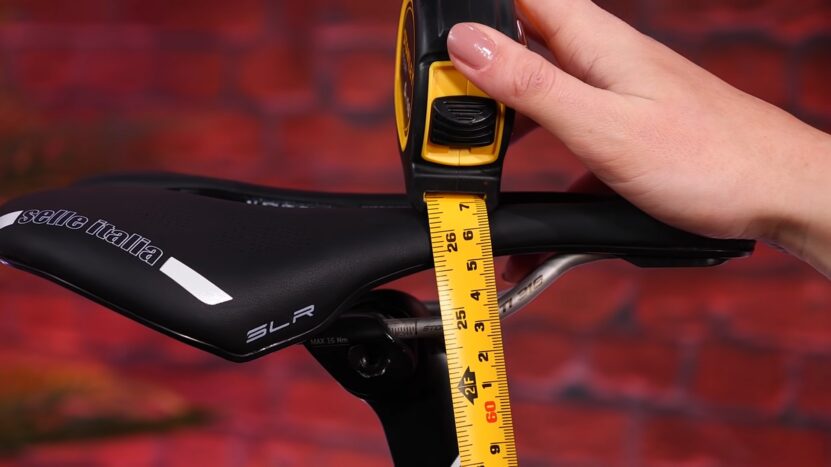
Many riders overlook the saddle’s role in bike sizing, but the right saddle height and angle can dramatically affect your comfort and efficiency.
- How to Measure: With your bike on a level surface, measure the distance from the center of the bottom bracket to the top of the saddle. Adjust the angle of the saddle to be parallel to the ground or slightly nose-down, depending on your preference.
- Why It Matters: A poorly positioned saddle can lead to discomfort in the lower back and the saddle region and can even affect your pedaling efficiency. Fine-tuning your saddle position will improve your overall cycling experience.
Crank Length
Crank length, although not always adjustable on every bike, can also contribute to a comfortable and efficient ride.
- How to Measure: Crank length is the distance from the center of the bottom bracket to the center of the pedal spindle. Common lengths range from 165mm to 175mm.
- Why It Matters: A crank length that’s too long can cause your knees to come up too high when pedaling, while one that’s too short can limit your power output. If you have the option, try different crank lengths to find what’s comfortable for you.
Test Ride and Fine-Tuning
The last step in finding your perfect bike size is to take your top choices for a test ride. This section will provide you with tips and insights into what to focus on during your test ride and how to make final adjustments to your chosen bike.
What to Look For During a Test Ride
A test ride is more than just a quick spin around the block; it’s your best opportunity to feel how the bike handles and how comfortable it is for your body.
- First Impressions: How does the bike feel the moment you get on it? Do you have sufficient clearance over the top tube? Is the reach to the handlebars comfortable?
- Maneuverability: Take note of how easy it is to steer, turn, and navigate through different terrains. This will give you a sense of the bike’s agility and responsiveness.
- Comfort: Pay attention to any strain or discomfort in your hands, back, or legs. These could be signs that the bike is not the right size or needs further adjustment.
Adjusting Components for a Better Fit
Once you’ve narrowed down your choices, fine-tuning components can optimize your fit and comfort on the bike.
- Handlebars: The width and angle of the handlebars can be adjusted to better match your shoulder width and riding style.
- Pedals and Cleats: Some advanced riders use clipless pedals and shoes. The positioning of cleats on your shoes can be adjusted to align with how your foot naturally sits on the pedal.
- Suspension Settings: For mountain bikes, the suspension can be adjusted based on your weight and riding style, optimizing the bike’s performance on off-road terrains.
Post-Purchase Fine-Tuning
Your bike sizing journey doesn’t necessarily end after you’ve made the purchase. Your body and preferences can change over time, necessitating ongoing adjustments.
- Regular Checks: Take the time to reevaluate your fit every few months, especially if you start to feel discomfort or inefficiencies while riding.
- Professional Fitting: Some bike shops offer professional bike fitting services that use sophisticated tools and techniques to fine-tune your bike size.
- Component Upgrades: As you become more experienced, you may find that upgrading certain components like the saddle, handlebars, or pedals can improve your fit and comfort.
FAQs
Can I use my height to roughly estimate my bike size?
Yes, your height can provide a general guideline for the size, especially if you’re looking to purchase a bicycle online and can’t try it out in person. Many manufacturers offer size charts based on rider height.
However, it’s important to note that using just your height for sizing isn’t as accurate as taking specific measurements like inseam, arm length, and reach. Individual body proportions can vary, making a more detailed approach to sizing preferable.
Is it better to choose a bike that is slightly larger or smaller if I’m between sizes?
Generally, if you find yourself between two sizes, it’s often easier to adjust a smaller frame for a better fit by changing the saddle height or stem length. A bike that is too large can be unwieldy and challenging to control, which may compromise your safety.
However, the best approach is to test ride both sizes, if possible, to see which feels more comfortable and controllable.
How does gender-specific bike sizing work?
Gender-specific sizing often accounts for general differences in body proportions between men and women. For example, women-specific bicycles may have a shorter top tube length to accommodate generally shorter torso lengths.
However, the lines are blurring, and many manufacturers are moving towards unisex designs with a broader range of sizes. Always focus on the measurements and how the bike feels rather than sticking strictly to gender-specific options.
Do I need to consider wheel size when looking at bike sizing?
While the frame size is the most crucial aspect of sizing, wheel size can also impact how a bike fits and handles. Larger wheels (like 29-inch wheels on a mountain bike) may make the bicycle feel bulkier and less agile but offer better rollover capability.
Smaller wheels may provide more agility but may be less efficient. Wheel size is usually not adjustable, so you should consider how you’ll use the bike when deciding on wheel size.
What adjustments can I make if the bike feels too long?
If the bicycle feels too long, causing you to stretch to reach the handlebars, you may consider swapping out the stem for a shorter one. You can also try adjusting the saddle forward; however, this could impact your pedaling efficiency. Some riders opt for handlebars with a shallower drop or less sweep to reduce reach as well.
How can I ensure that my child’s bike is the correct size?
For children, the most critical measurement is standover height. Your child should be able to comfortably stand over the bike with both feet flat on the ground. Another consideration is reach; your child should easily grasp the handlebars without leaning too far forward.
Many children’s bicycles come with adjustable components to accommodate growth, so it’s okay to buy a bike they can “grow into” a little, as long as it’s not too large to handle safely now.
Final Words
Congratulations! You are now equipped with the knowledge and insights to find your perfect bike size. Remember that the key to a great cycling experience is not just the bike’s features or looks but how well it fits your body. Use this guide to measure, test, and fine-tune your way to cycling bliss.

